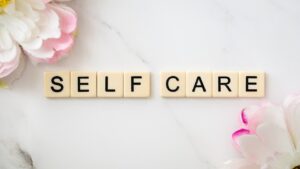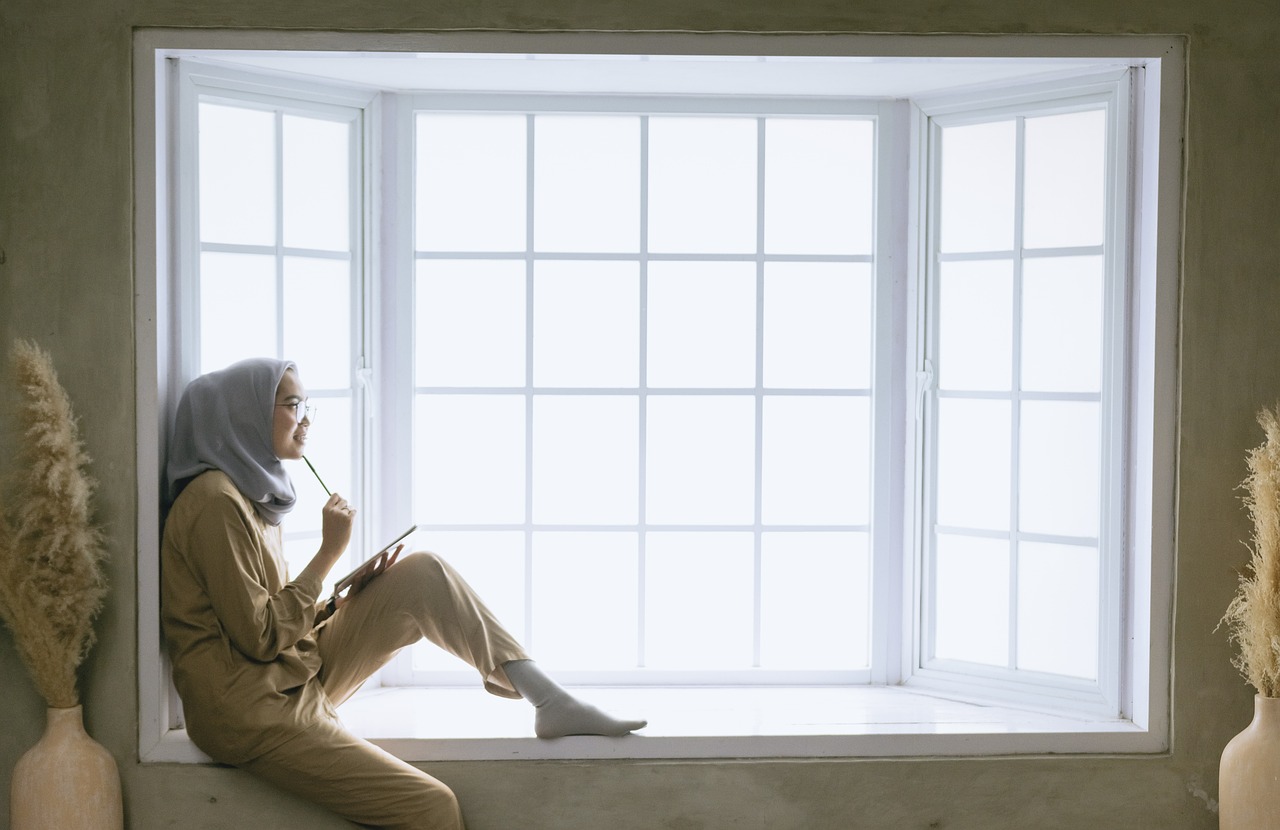To be a successful, professional Reflexologists takes time, care and attention. This self-care starts first with the Reflexologist. Only when you are fresh and balanced can you offer effective Reflexology treatments. Here are some tips and advice that we hope you will find useful.
Self-care begins with the correct choice of equipment, correct techniques, ergonomics, energy protection, balanced lifestyle, staying within professional limits, keeping up to date with latest information and techniques…
Equipment:
Poor equipment may mean distorting the body both to observe the client’s feet prior to treatment and/or for the actual treatment. This is particularly so if the height of a chair/couch or the stool is not adjustable. An uncomfortable working position will lead to muscular tensions and, if prolonged, to aches and pains. Using equipment such as a LaFuma Reclining Chair or Reflexology Table and hydraulic stool with wheels height adjustable, will allow the therapist to maneuver easily without disturbing the settled client.
Technique:
Thumb walking seems to be the most used stroke and if done incorrectly can easily lead to joint problems including the ‘wear and tear’ arthritis or to repetitive strain injuries. Carpal tunnel syndrome is another risk associated with bodywork as is trigger finger.
Ways to avoid these problems are to learn advanced techniques which use thumb pressure less often and instead, use the fingers and knuckles where practical. In addition, it is important that when thumb or finger walking that the most distal joints are kept flexed and are never fully straightened and locked between each ‘bite’. Also try to keep the working thumb reasonably in line to the fingers, not working in the opposite direction to the holding fingers.
 Ergonomics:
Ergonomics:
If the arm, shoulder or hand muscles ache, then it is very much a time for self-care. Possibly the most effective way is to have an immediate Reflexology or remedial massage treatment with another therapist. Rarely is this practical, so the next best thing is to learn how to use massage to self-treat or, to learn appropriate stretches to relieve the aches. If the aches happen to be in the finger or thumb joints, then a simple ‘pull or tug’ can often provide relief by allowing more synovial fluid into the joint for lubrication. Aches may also be eased by dipping the hands into very cold water for a few minutes, followed by a few minutes in warm water.
When training it may be better to build up endurance slowly, spreading out the practical work over several days rather than cramming a lot into one day. Carpal tunnel syndrome can largely be prevented by working with a straight wrist, but if it occurs, relief may be obtained by massaging the hand right up the arm to shoulder and neck and also by stretching regularly the arm flexor muscles and tendons to re-balance the overworked muscles.
Energy:
Usually giving a treatment provides an exchange of energies for the therapist who gives and receives. If the therapist feels tired at the end of giving a treatment then it may be important to assess what is going wrong. Are the shoulders raised when working as muscles tensed up like this burn up more energy than working in a relaxed way?
Consider also the ‘Chi’ energy which is thought to originate in the hara, in the navel area. Is this energy free to circulate or is this area constricted? Remember also that to receive energy, the therapist needs to be grounded and so to have the feet on or as close to the ground as possible. Breathing needs to be deep and relaxed to provide the physical and mental energy needed.
Try not to work when tired. This may mean having a break of 10 to 30 minutes between clients. This time can either be used for resting or going through an energy producing exercise routine.
Keeping Healthy:
Maintain a balanced lifestyle, eating nutritious food and not forgetting to drink lots of water. A balanced lifestyle will ensure plenty of rest and relaxation as well as hobbies and other interests.
Have regular Reflexology treatments so that any disorders which Reflexology can help with are controlled and (as far as is possible) ill-health prevented.
Work in hygienic ways so as to prevent picking up infections from clients. For example always wash hands after treatments and always cleanse clients’ feet.
Avoid working on areas of clients’ feet which have Athlete’s Foot or make sure you use a Barrier Cream (we never perform Reflexology without this great cream).
Try to avoid working when unwell as the immune system will be at a low ebb.
Take regular aerobic and stretching exercises to keep fit and mobile.
Maintain interests outside of work and stay interested and ready to listen to clients.
Find out about network supports from other Reflexologists or groups which also include other therapists. It is good to swap information as well as treatments.
The therapist should be looking after her own feet too, seeing that corns and calluses are properly dealt with and using good moisturizing lotion regularly if prone to hard or dry skin.
Walk barefoot whenever possible and walk on the ground or grass when safe to do so and if the feet are misshapen then try remedial exercises.
Shoes of course need to be supportive and comfortable and preferably reasonably flat, keeping the high heels for special occasions only.
Emotions:
It is important for the Reflexologists not to see herself as a counselor to her client unless she is separately qualified in that area. The therapist needs to realize that the problems a client has are their own responsibility and not hers, so that she is able to let go of the client’s problems and any negativity as they leave the consulting rooms. Very often problems are solved or coped with by just being able to talk about them and the therapist may need this outlet herself and be able to offload problems in this way, without, of course, compromising any aspect of client confidentiality.
Keep Up to Date:
Reading professional magazines will help maintain a professional manner and interest as well as self-confidence in the therapy. Attending post graduate seminars and workshops is a good way of keeping up-to-date in what is a 21st century therapy with new knowledge and experiences coming through all the time.
Conclusion:
If a therapist wishes to build up his/her practice and work several days a week or even full-time, then it is vital to be able to look after themselves both physically and emotionally.
Equipment such as the La Fuma Reclining Chair and hydraulic stool can seem like a costly investment, however they are inexpensive when compared to the cost of taking time off through ill-health or repetitive strain.
Belonging to a network group takes time but can be emotionally energizing in its own right when one is able to talk about problems faced in being a therapist.
A healthy and relaxed therapist is more likely to be able to use energies for healing than a person who is tense and tired.


I loved this article and would love to connect with other reflexologists or a network support group. If anyone is interested to keep in touch, please email 🙂
Try Reflexology and Wellbeing a new Yahoo group – also keep an eye out for my new Reflexology Community web site full of resources and designed to be a platform for Reflexologists to ask their own questions, answer general questions from anyone who posts and also mentor other Reflexologists along! Very exciting project … COMING SOON!!